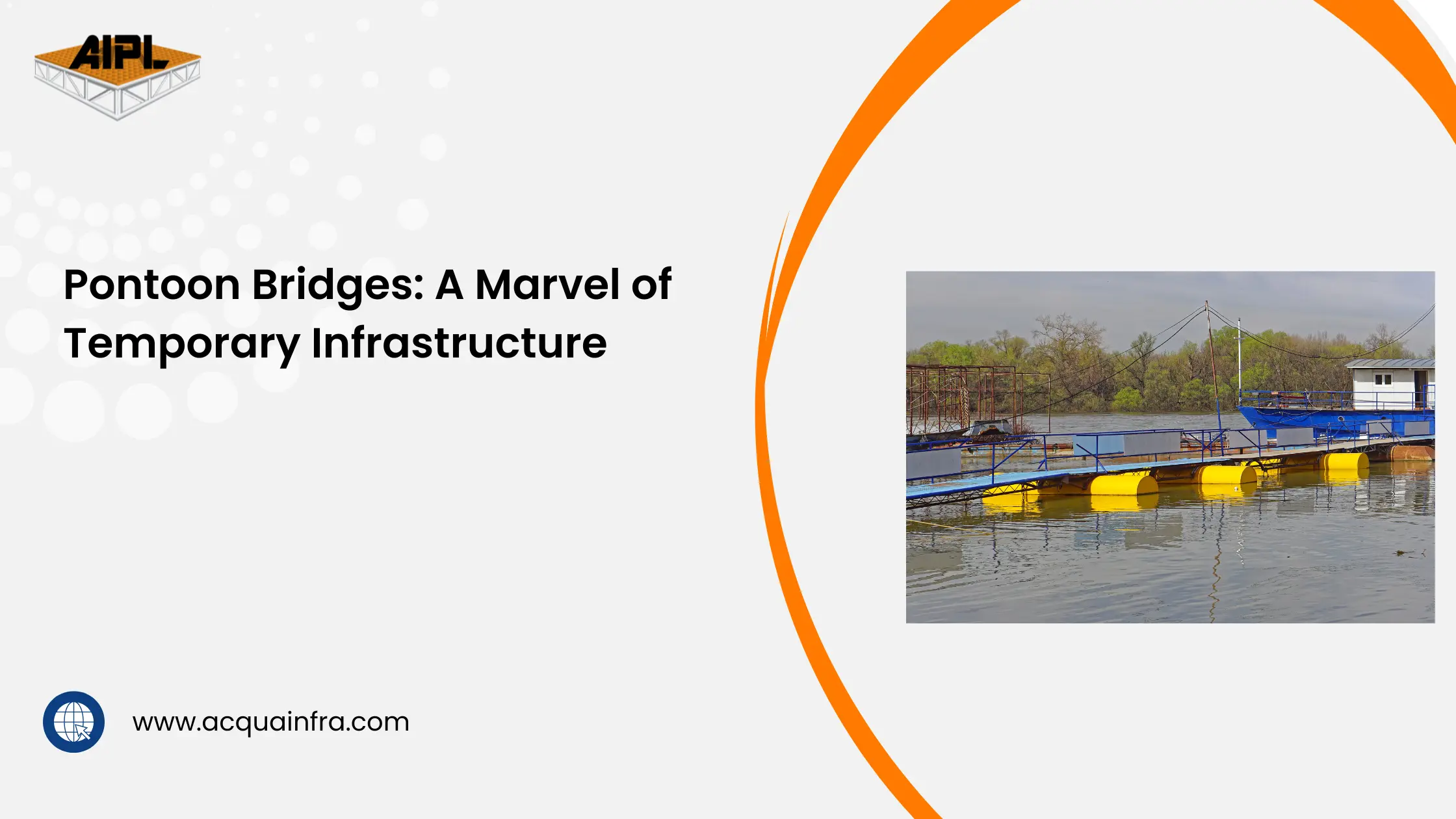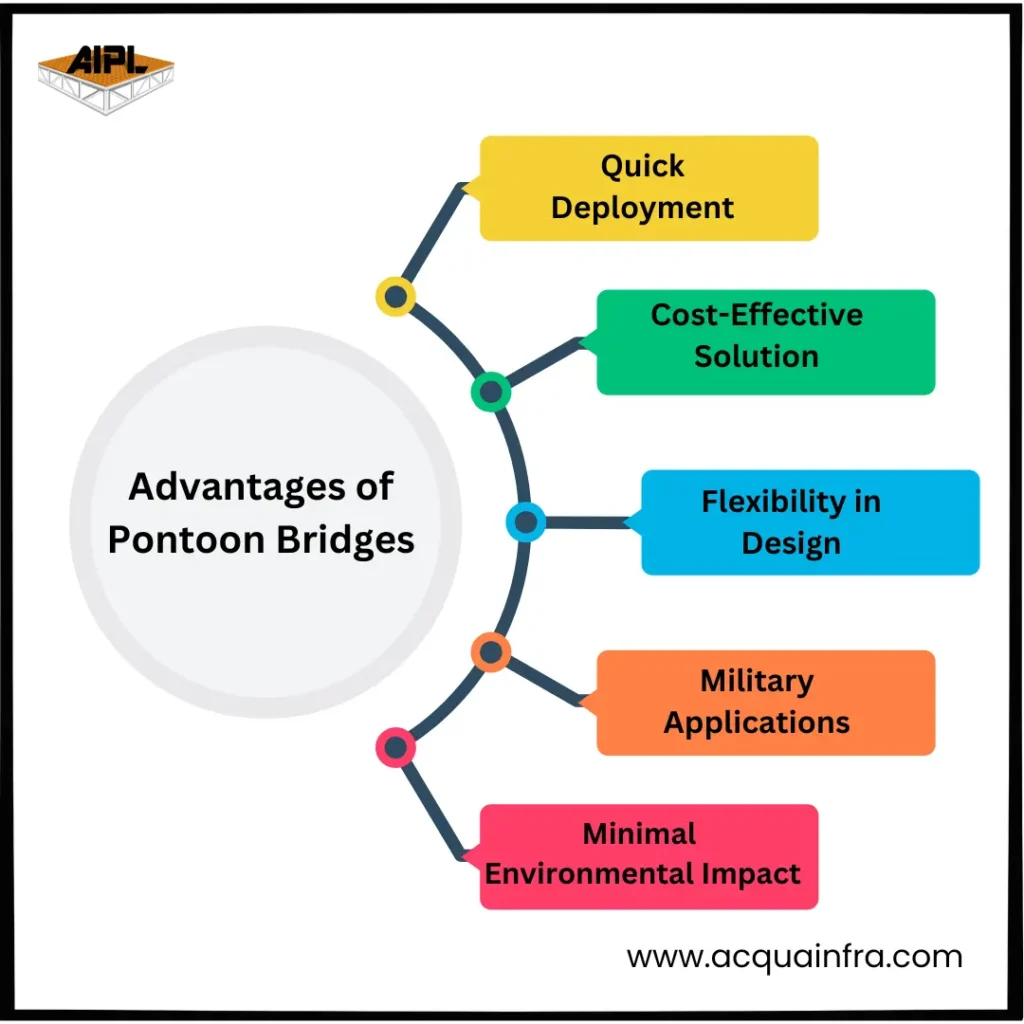
Pontoon bridges were a fundamental element of the human development process that dates back to the ages of. Floating bridges anchored by pontoons or vessels are magnificent examples of temporary infrastructure that are often used for combat operations by the army, emergency response as well as construction projects. This blog will discuss their design, history and significance in the current world. In my research on the effects of infrastructure and its effect on the world, I'll also provide fascinating real-world examples that demonstrate the importance for pontoon bridges.
The pontoon bridge can be described as a structure constructed from floating boats or platforms which support an avenue to facilitate pedestrian, vehicle or military purposes. They are usually utilized to bridge the gap between permanent infrastructure or not necessary.
Pontoon bridges were used from the beginning of time. Notable examples include:
World Wars: Pontoon bridges were extensively utilized throughout the two World Wars for troop and moving equipment.
Persian Empire: Xerxes I was famously the first to build a pontoon bridge across the Hellespont (modern-day Dardanelles) in the year 480 BCE to conquer Greece.
Roman Era: Romans employed pontoon bridges in military operations, showing off their engineering skills.

Pontoon bridges are simple to build and take down which makes them perfect for temporary and emergency use.
The construction of a pontoon bridge can be considerably less expensive than building an entire bridge, particularly in the case of short-term demands.
Pontoon bridges are able to be adjusted to different terrains and water conditions, allowing for flexibility in their use.
Bridges like these are essential for military operations. They allow troops and vehicles to traverse rivers and other bodies of water effectively.
Because they are only temporary pontoon bridges typically are less impacted on the natural environment as compared to permanent structures.
RMackinac Bridge (USA): A pontoon bridge that was used in its construction phase.
Bangalore Floating Bridge (India): Temporary pontoon bridges are utilized in the festival season to control the flow of people.
World War II Bailey Bridges: Pontoon-style bridges that aided soldiers during battles.
Real-Life Examples of Pontoon Bridges
The Pontoon is generally constructed from aluminum, steel or high-density polyethylene according to the load requirements.
It is made for temporary use and last for just a few days up to months, based on the condition of the bridge.
Yes Modern pontoon bridges have been designed to hold up heavy vehicles, but weight limits apply.
They are impacted by strong currents and high winds and may not be suited for long-term usage.
Yes, they can be commonly used in urban environments for temporary vehicle or pedestrian access
Ready to explore the future of sustainable living? Discover how floating houses can transform your lifestyle and help the planet. Visit our website Acquainfra to learn more about innovative water-based solutions. Let’s build a greener tomorrow—together!
